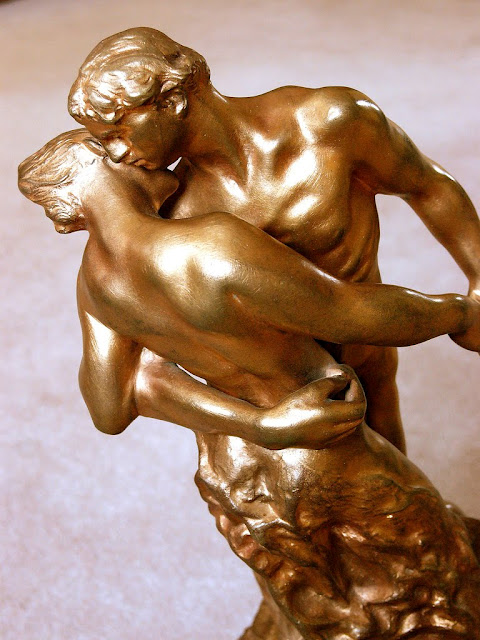Édouard Manet, (born January 23, 1832, Paris, France - died April 30, 1883, Paris), French painter who broke new ground by defying traditional techniques of representation and by choosing subjects from the events and circumstances of his own time.
His Le Déjeuner sur l’herbe (Luncheon on the Grass), exhibited in 1863 at the Salon des Refusés, aroused the hostility of critics and the enthusiasm of the young painters who later formed the nucleus of the Impressionist group.
His other notable works include Olympia (1863) and A Bar at the Folies-Bergère (1882).

































